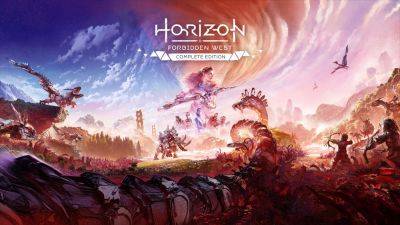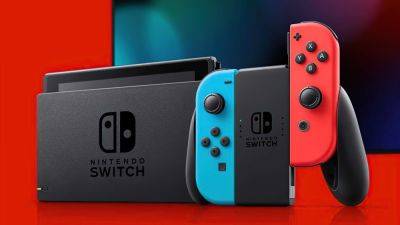Paper Mario: The Thousand-Year Door Remake Not Running at 60 FPS Is a Matter of Developer’s Choice
The soon-to-be-released Paper Mario: The Thousand-Year Door remake doesn't run at 60 frames per second like the original GameCube release, but it is likely due to the developer's choice to prioritize other things over frame rate and performance.
Talking on X/Twitter, Abebe Tinari, director of Bayonetta Origins: Cereza and the Lost Demon, provided some interesting insight that likely applies to the upcoming remake. For a long time, the Bayonetta Origins development team tried to get the game running at a stable 60 FPS but only achieved so in certain stages, while in others, it was impossible without reducing visual fidelity. The choice was between unlocked framerate with dips into the 30-50 FPS range or a stable 30 FPS lock, which the developer went with.
Related Story Paper Mario: The Thousand-Year Door Hands-On Impressions – Recycled Materials
As such, much like PlatinumGames did with Bayonetta Origins, the Paper Mario: The Thousand-Year Door remake development team chose to prioritize visual effects over performance. As we have heard from other developers, every visual effect has a processing cost, and that has an impact on performance, forcing the developer to make a choice. Since the remake rebuilds the original game from the ground up, the development team must have decided to use modern techniques to make the paper aesthetics shine and offer the best possible experience. So, according to Abebe Tinari, the game running at 30 FPS is not a matter of laziness.
While this is mostly speculation from the Bayonetta Origins director, there's a very good chance the Paper Mario: The Thousand-Year Door remake developers prioritizing visual quality over performance is indeed what's happened, given how the visual glow-up is the remake's most notable feature, as highlighted by Nathan in his preview.
The Paper Mario: The Thousand-Year Door remake launches on Nintendo Switch on May 23rd.







